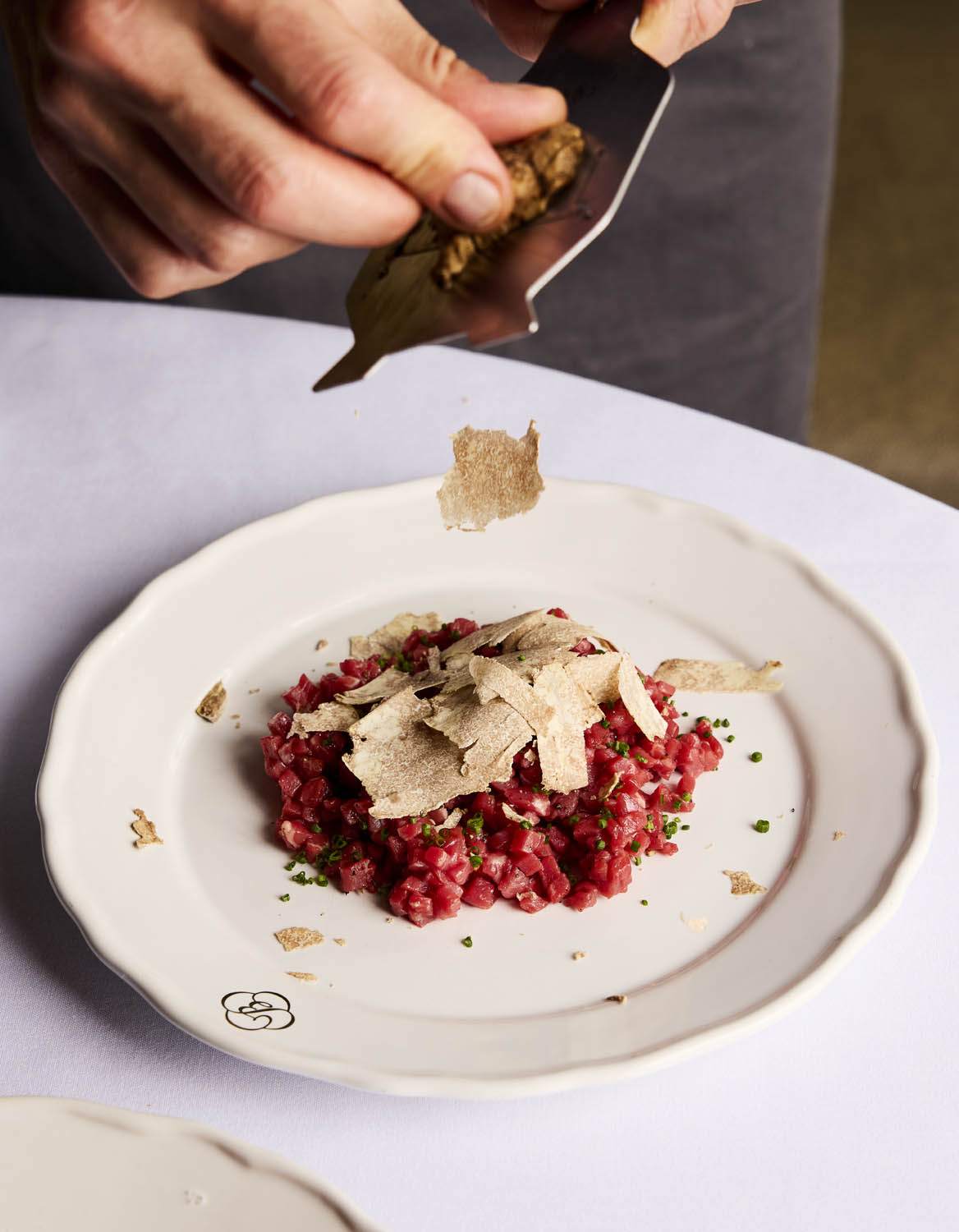Around the world in 80 harvests: Peru
As wine writer Amanda Barnes takes off around the globe visiting different wine regions during their harvests, she shares some photos from the first harvest in South America – Ica in Peru.
The oldest wine producing country in South America, Peru has a long and tumultuous history with winemaking but winemakers are seeing a renaissance in the industry.
Discover more through this photo album, and follow the full journey of Around the World in 80 Harvests on www.80harvests.com
Region
Peru’s main wine region is in the middle of the desert. Ica is the capital of wine production in Peru and the vineyards and whole city are surrounded by unmoving sand dunes. It may seem an unlikely choice a wine region, but life is brought to the desert by ancient Incan waterways that channel rain water from the mountains. The region was first planted with vines in the 16th century and winemaking boomed as Peru began to produce wine not only for themselves, but neighbouring Bolivia too.
Earthquakes
The boom was short-lived as Ica’s wine industry fell on tough times. A powerful earthquake in 1687 quashed the early winemaking industry, and another powerful earthquake in 2007 brought Ica’s wine industry to its knees once again. Another major tremor in the industry was the Spanish crown’s attempt to ban winemaking and put an end to New World wine production in order to salvage their own dwindling national wine industry. Peruvian wine producers began making aguardiente from their vineyards in order to survive. Little did they know that their aguardiente – aka Pisco – would change the country’s wine industry forever.
Botijas
While the Peruvians were busy making Pisco, neighbouring Chile’s wine industry was flourishing. The Chilean industry had disregarded the viceroyalty’s orders and was soon shipping wine around the continent. When the ban was lifted in Peru, its own wine industry was dominated by Pisco production with over 90% of vineyards dedicated to the spirit (a statistic which still holds true to this day). Peru had no option but to import wine from Chile, and these old, abandoned vessels (‘botijas’) which were used for shipping wine are a testimony to that period.
Wineries
Despite the hardships, Peruvian producers are returning to wine production – and some never stopped. Tacama is the oldest winery in South America and it continues, along with a handful of other long-running wineries, in its bid to make great wines in Peru. Most wineries focus on international grape varieties and those that have proved to adapt best to the hot climate are thicker-skinned red varieties including Petit Verdot and Tannat.
Partner Content
Quebranta
The undisputed Queen of Peruvian viticulture is the Quebranta grape. It is the most planted, and it is the principal grape used for Pisco production. Luisa is a local grape producer who sells her Quebranta grapes for Pisco production. The bigger the yield, the better the pay day.
A new direction
Winemaker Pepe Moquillaza is on a mission to bring back the native traditions and native varieties of Peru, vinifying them into unique and noble wines. His cult wine Quebrada de Ihuanco is made from 100% Quebranta grapes and has a unique character which might best be compared to a Poulsard from the Jura. This wine represents a new direction in Peruvian winemaking and has been included in the wine lists and tasting menus of many of Lima’s top restaurants.
Rescuing a heritage
Don Jaime Mendoza is a sixth generation producer of wine and mistela. Behind him is an enormous old press which was used during the heyday of his family’s wine production. Now he only makes a small production for his friends and locals each year. Some of his oldest mistelas (up to 20 years old) are now being bottled and sold through the Antiguas Familias project which seeks to discover lost viticultural gems in Peru.
Peruvian gastronomy
Peruvian cuisine is on a roll. Top chefs are rediscovering native ingredients and bringing them to the table in modern interpretations and forms. Central restaurant in Lima is at the top of its game, having been announced as the fourth best restaurant in the world. Chef Virgilio Martinez takes indigenous ingredients (such as the 55 types of corn found there) and turns them into elaborate dishes that reflect the flavours of Peru. As Peruvian cuisine continues to reach and impress international palates around the world, will its wine follow suit some day soon?




